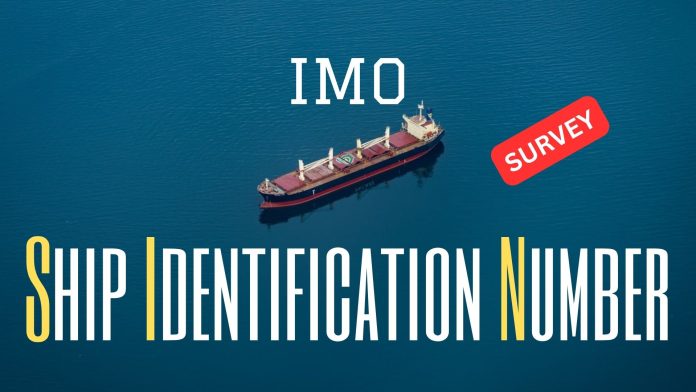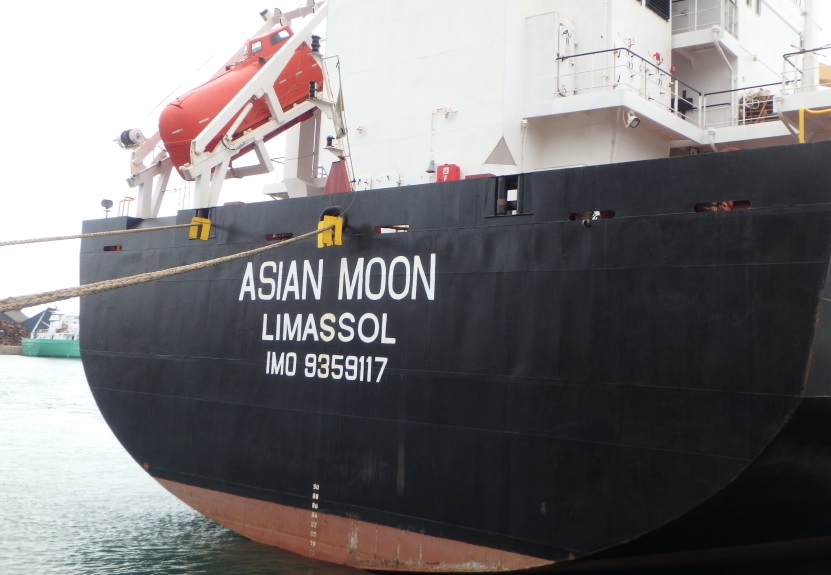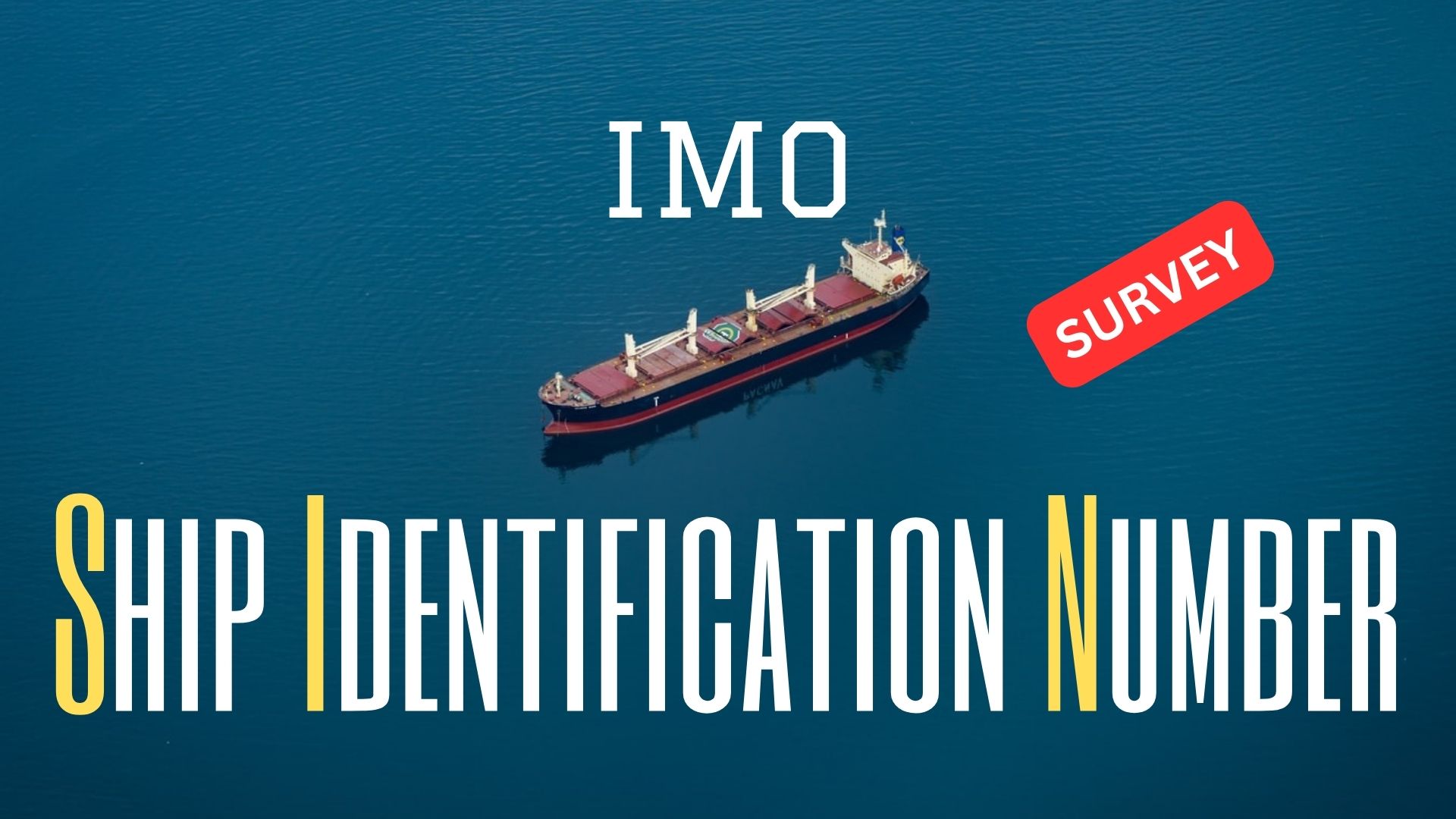
(www.MaritimeCyprus.com) The IMO Ship Identification Number is a unique seven-digit number that remains unchanged through a vessel’s lifetime and is linked to its hull, regardless of any changes of names, flags, or owners.
In fact, the IMO number is a unique seven-digit number that is assigned to propelled, sea-going merchant ships of 100 GT and above upon keel laying, with the exception of ships without mechanical means of propulsion; pleasure yachts; ships engaged on special service, such as lightships; hopper barges; hydrofoils, air cushion vehicles; floating docks and structures classified in a similar manner; ships of war, troopships as well as wooden ships.
A study is being conducted by the IMO on the possible impact of a proposal to increase the number of digits used in the IMO Ship Identification Number Scheme (identification scheme) from seven to eight.
To assess the potential impact of such a change on stakeholders across the maritime sector and to enable further discussion of the idea, S&P Global, as managers of the Scheme on behalf of IMO, are seeking responses to a short survey. The consultation exercise runs until 31 May 2023. IMO is keen to encourage anyone who has a view to share it.
Each ship registered under the identification scheme is allocated a unique identifier made up of the letters “IMO” followed by seven digits either at the time of build or when first included in the register. As well as being permanently and visibly marked on a ship’s hull, the number must be noted on a ship’s certificates, and on plans, manuals and other documents required by IMO conventions to be carried on board vessels constructed on or after 1 July 2005, as stipulated in MSC/Circ.1142 - MEPC/Circ.425.

The identification number allocated to a ship remains unchanged throughout its life, even in case of a change of flag, name, ownership or type. Numbers given to ships no longer in service or existence cannot be re-used.
The identification scheme was introduced - initially on a voluntary basis - in 1987 through the adoption of Resolution A.600(15), to enhance maritime safety and pollution prevention and as a way of countering maritime fraud. Its scope was subsequently amended to expand its application to small ships, including fishing boats.
In its current seven-digit format, there are approximately 900,000 number combinations. By the end of September 2022, just over half of those had been assigned. It is estimated that enough identification numbers are still available to cover the needs of the maritime community for the next two decades. Any future change to the number format will not impact upon existing IMO Ship Identification Numbers already issued.
Accompanying FAQs about the IMO Ship Identification Number Scheme can be found here.
Circular Letter No.4690 on the IMO Ship Identification Number Format Extension Impact Assessment Survey can be read here.














